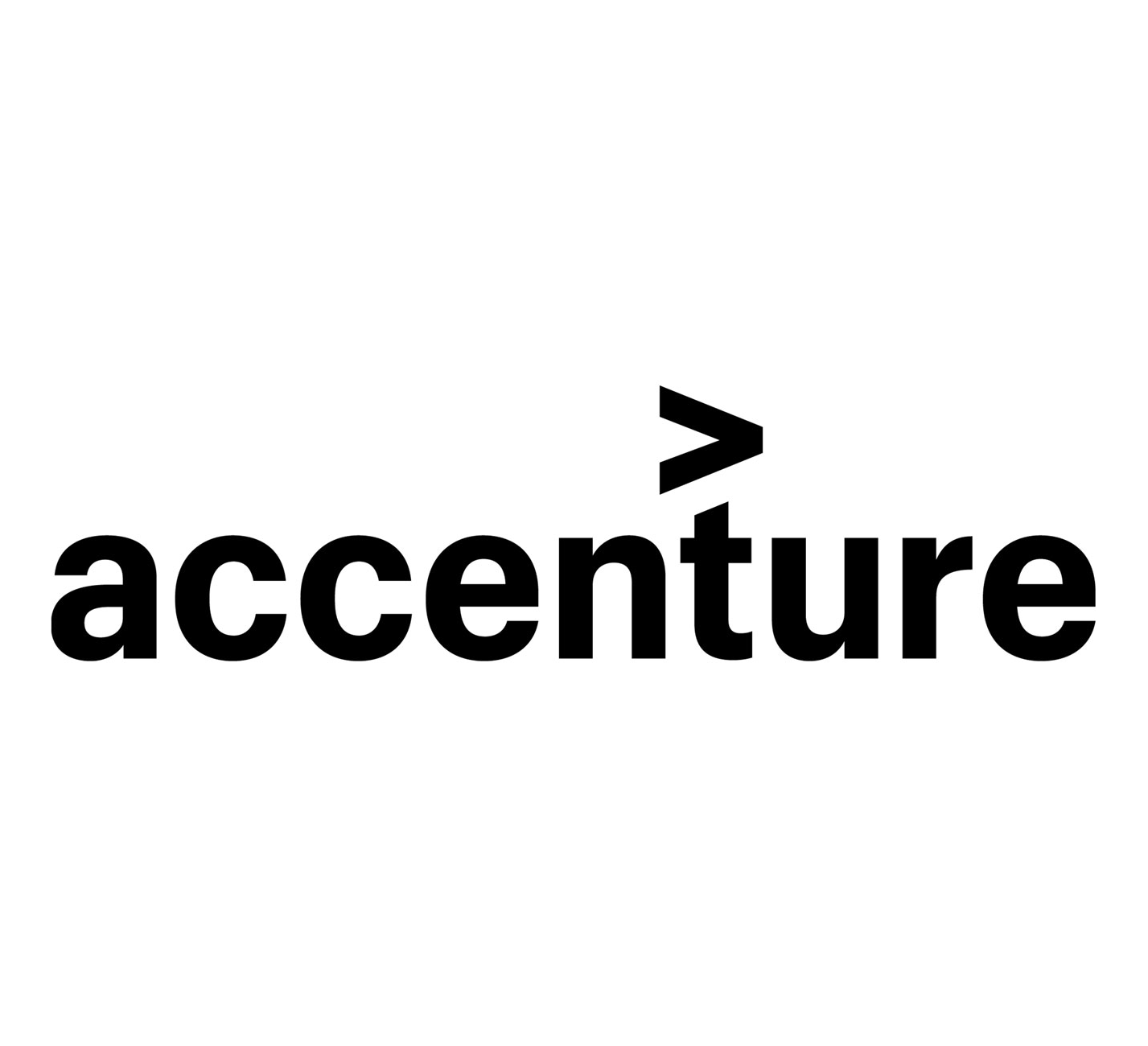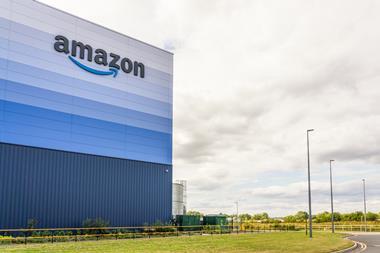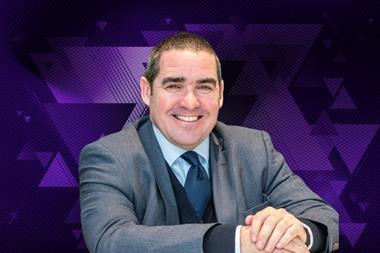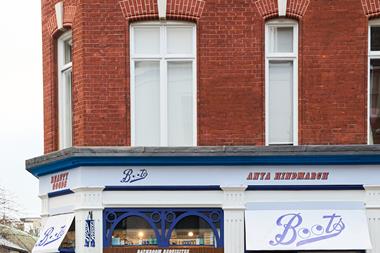Accenture Strategy’s Richard Wolff explains how resetting budgets to zero and acting as a collective to reach goals can help further company growth.
Retailers know that to stay competitive they need to evolve and transform in order to maintain customer relevance, but it’s easier said than done.
How do you tend to the legacy business, deliver customer excellence, and turn a profit while also investing in new growth?
For many retailers, one of the biggest challenges is finding the funds for growth which can put grand plans for international expansion, digital transformation and ecosystem orchestration on hold.
Weeding out the costs
Retailers typically focus on traditional cost-cutting initiatives to unearth cash which often involves each function head trimming down budgets in their respective silos. However, costs often creep back making any savings short lived.
“Only about half of companies (51%) are able to sustain their cost savings for one to two years”
In fact, Accenture Strategy research shows only about half of companies (51%) are able to sustain their cost savings for one to two years, so businesses are not sustaining the benefit of this type of cost reduction.
Zero-based budgeting (ZBB) has also been used by consumer goods companies for decades to cut costs but it falls short in stimulating growth.
Committing to a new ethos
So how do you attack the problem at the root?
This is where a ’zero-based mindset’ (ZBx) comes in. ZBx cuts costs in the same way that ZBB does but is a fresh, more sustainable approach that can release up to 15% of costs which can then be reinvested in high growth areas.
The ground work for this requires a cultural shift. All staff – from leadership to shop floor managers – need to buy into the growth goals set, with every person responsible for achieving them.
Instead of seeing it as a one-off harvest, it should be acknowledged as a cyclical process that continues to fund the seedlings of growth.
Getting the job done requires the identification of ‘working’ and ‘non-working’ money – initiatives that will create growth or efficiencies versus those that don’t.
Budgets are then set to zero, instead of a reduction on last year’s, and each item is scrutinised from the supply chain to the individual stores. Costs like training or travel that were previously set and owned by multiple departments are grouped together creating a single view of each cost category.
An example of this idea in practice:
General store costs such as till receipts, plastic bags and lighting are typically rolled out with little thought to the specific needs of each store or how they could be done more efficiently or sustainably. One high street retailer, however, was able to identify that by reducing the number of drops to its stores based on their size and grade, it could create a 6% saving on logistics costs.
Establishing the roots for stability
The key to a successful ZBx is looking forward.
It’s not just about the business as it is today – by using the uncovered funds for automation and AI technologies in areas like finance or product listings, retailers will create even greater yields tomorrow to provide funds for innovation.
These savings could fertilise international expansion or cross-sector company partnerships, ultimately cultivating products and services to appeal to new customer groups.
To reap these rewards, data and advanced analytics must be at the epicentre of the retailer’s mind.
Facilitating access to readily available cost data for all staff is key to them being able to understand the needs of individual stores thus creating the plans to seed and cultivate sustained growth.
Richard Wolff is managing director, UK and Europe retail lead at Accenture Strategy































